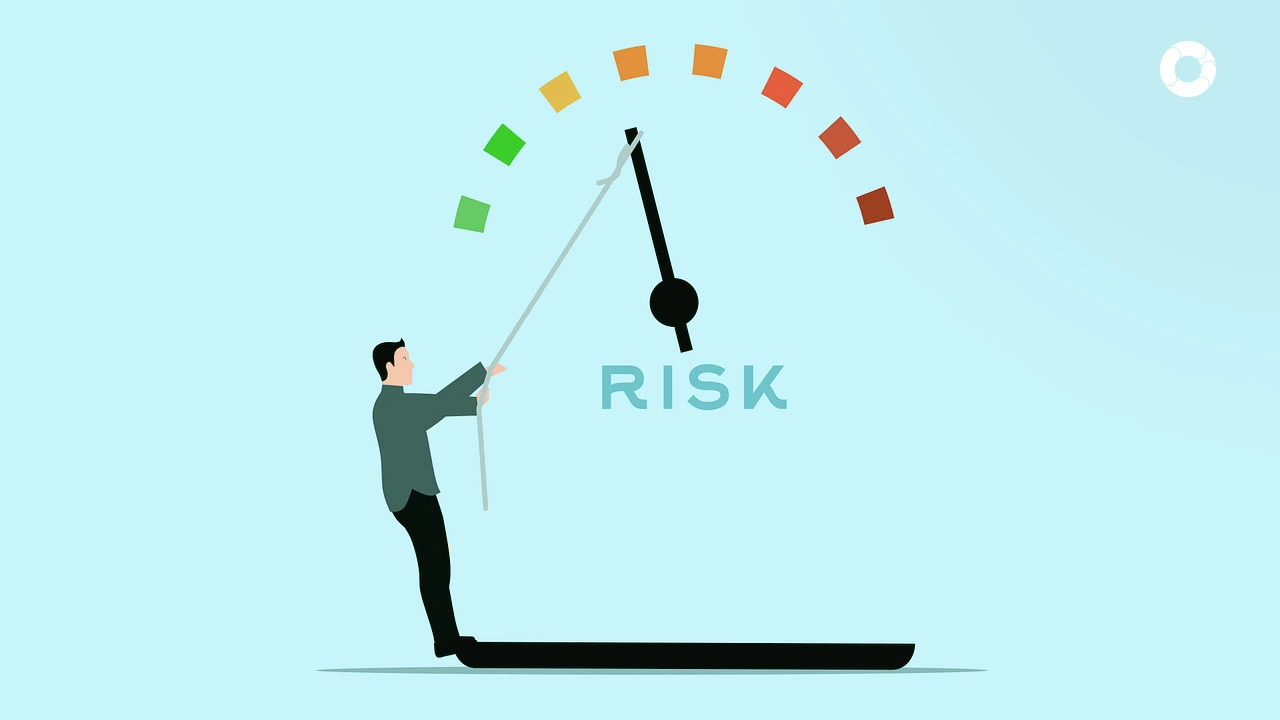How to develop a risk management policy

Find out the minimum requirements for developing a risk management policy to help guide the process. In this article, we explain them to you.
When you start to manage risk, you sometimes do not know what the starting point is. With a risk management policy, organizations have a guide that defines the processes and methods that an entity must follow to manage risk in a structured and systematized manner, involving all stakeholders.
Here we will tell you how to develop an effective risk management policy:
Assign roles and responsibilities
A risk management policy should begin by specifying who is in charge of monitoring and reporting risks, who is responsible and what their specific roles are.
Explain the risk management process
Explanations of the risk management process should also be included in the risk management policy. The main elements it should contain are as follows:
- Communication: procedure for escalating and reporting events and how business areas communicate for purposes of risk management.
- Criteria: parameters based on which the risk analysis is performed.
- Identification: when, how and where risk events are prevented or processes are improved.
- Documentation: how to record and save the event history.
- Analysis: probabilities of occurrence and consequences of a certain risk event.
- Assessment: estimation of probability vs. potential risks.
- Treatment: strategies or action plans that must be implemented to mitigate the impact.
- Monitoring: follow-up of the effectiveness of the improvements implemented.
Define the risk management methodology
Any risk management plan should have a clear methodology that sets the guidelines for managing risk at each stage. The risk management methodology depends on each business and its strategic objectives. Whichever one is defined, it must allow full compliance with each of the stages of the process: identification, assessment, rating, prioritization, mitigation and monitoring.
Determine risk appetite and tolerance levels
The risk management policy should explicitly indicate the amount of risk that an organization is willing to assume in order to achieve its strategic objectives. This will make it possible to arrange the resources required to manage it and the efforts needed to mitigate an impact.
You May Also Like
These Related Stories

Operational Risk Management: Strategies and Examples

Steps to develop an AML risk management matrix

Features and Benefits of ORM Software for Risk Mitigation

Crafting Risk Management Plan: Step-by-Step Guide

Steps to implement a risk management system


No Comments Yet
Let us know what you think